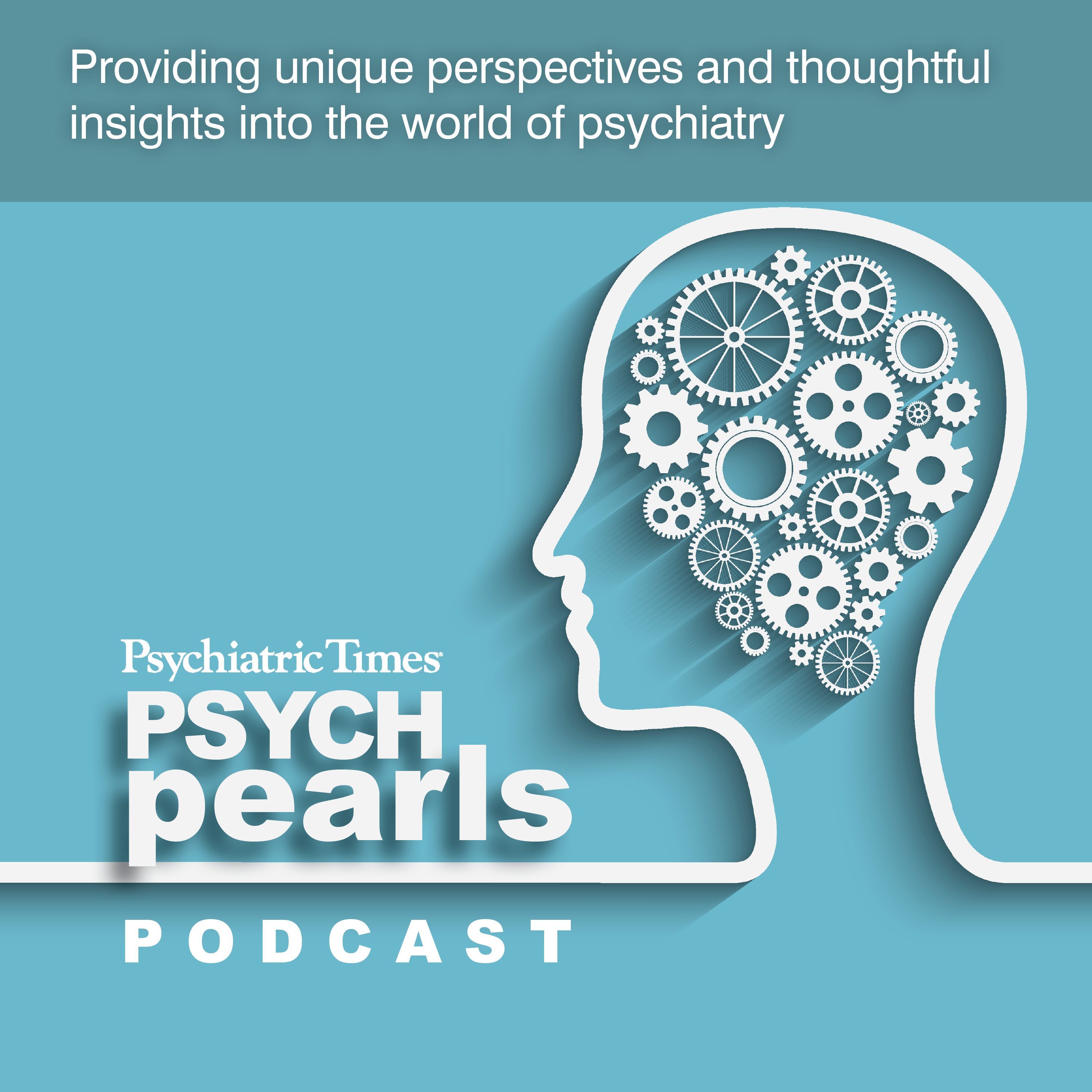News
Article
Improving Sleep to Treat Resistant Depression in Older Adults
Author(s):
Key Takeaways
- Improved or sufficient sleep enhances antidepressant response in TRLLD, while persistent insufficient sleep predicts treatment nonresponse.
- The OPTIMUM trial found no difference in sleep improvement between treatment arms, emphasizing the importance of addressing sleep disturbances.
Patients with treatment resistant late-life depression are more likely to respond to antidepressants when sleep is sufficient or has improved.
Syda Productions/AdobeStock

Patients with treatment resistant late-life depression (TRLLD) were found 3 times more likely to respond to augmenting or switching antidepressant treatments when sleep also improved or sufficient sleep was maintained, in a post-hoc analysis1 of a trial comparing interventions.
“Sleep-related symptoms that are present during treatment for TRLLD may be modifiable factors that play a role in achieving and maintaining depression response,” observed Michael Mak, MD, Department of Psychiatry, Temerty Faculty of Medicine, University of Toronto, and colleagues.
The investigators revisited data from the Optimizing Outcomes of Treatment-Resistant Depression in Older Adults (OPTIMUM) trial which compared pharmacotherapeutic strategies for TRLLD, to ascertain whether treatment outcomes differed among participants with persistent insufficient sleep, worsened sleep, or with improved sleep.2
Mak and colleagues hypothesized that the analysis would show that (1) most participants with TRLLD exhibit reduced sleep, (2) sleep would improve with each of the pharmacotherapeutic strategies, and (3) that improved sleep would be associated with improvement in depression symptoms, while depression would remain treatment resistant if insufficient sleep persisted or worsened.
The OPTIMUM trial treatment arms either augmented the current antidepressant with aripiprazole or bupropion, or switched to bupropion; if symptoms did not remit, investigators augmented with lithium or switched to nortriptyline. Depression symptom severity was measured with Montgomery-Asberg Depression Rating Scale (MADRS), with remission defined as a score less than 10.
The MADRS sleep item-4 measured insufficient sleep, comparing duration or depth of sleep during treatment for depression with the pattern when well. Adequacy of sleep is rated on a scale of 0 to 6 with higher scores indicating greater sleep disturbance. In the analysis, a score of greater than 2 at both week 0 and week 10 was classified as persistent insufficient sleep (n=164). Scores that increased over the course of treatment and were greater than 2 at week 10 corresponded to worsening sleep; and a decreased score that was less than or equal to 2 at 10 weeks corresponded to improved sleep. Those with scores of less than or equal to 2 at each visit were categorized as having persistent sufficient sleep and served as the comparator group.
Insufficient sleep was reported by 51% of participants (n=323) at the start of the trial.They tended to be younger, had fewer years of education, and had higher severity of depression than those with sufficient sleep. At the end of the initial 10-week switch or augmentation treatment, the number of participants reporting insufficient sleep had fallen to 36%, with no associated difference between treatment arms.
Mak et al determined that those with persistent insufficient sleep (25%, n=158) and worsened sleep (10%, n=62) were most likely to remain unresponsive to antidepressant treatment. Those who maintained sufficient sleep (26%, n=164) or had improved sleep (25%, n=158) were 3 times more likely to experience improvement in depression, regardless of the switch or augmentation strategy. Independent predictors of treatment nonresponse included persistent insufficient sleep and worsened sleep.
The investigators found that approximately one-third of the participants were using sedative hypnotics for sleep or anxiety. They suggest that the risks associated with these medications are likely to outweigh their benefit, even when used for their approved indications.
"As such, the treatment plan should include education about the risks of benzodiazepine use in older adults and healthy sleep behaviors, pharmacologic treatment of insomnia or reduced sleep when appropriate, or referrals to behavioral interventions for sleep," Mak et al urge.
Accounting for Sleep in Treating Resistant Depression
Having associated sufficient and improved sleep with antidepressant response in TRLLD, the investigators considered the long-established bidirectional relationship of sleep disturbance and depression, and implications for treatment.
"In most patients, treating the depression with an evidence-based antidepressant is enough to treat all symptoms including the insomnia," study coauthor Benoit Mulsant, MD, Department of Psychiatry, University of Toronto, explained to Psychiatric Times.
The association of sufficient sleep with improvement in depression in each of the treatment arms, regardless of using an "alerting" or less sedating antidepressant like bupropion, is notable, Mulsant observed.
"Trying to match patient's symptoms (eg insomnia) with adverse effects of a specific antidepressant (eg sedation) does not work," Mulsant commented, citing previous trials."Patients with depression and insomnia do not do better when randomized to a sedating tricyclic antidepressant than to an activating one like bupropion."
However, Mulsant acknowleged that sleep disturbance that precedes and persists after onset of depression can require separate attention. "In a subgroup of patients with depression, insomnia predates depression and does not resolve with resolution of other symptoms, so it is important to assess and treat sleep symptoms with sleep hygiene or CBT-I when needed," he suggested.
Lead-author Mak elaborated on the approach for these patients. "If a patient with TRLLD still complains of sleep disturbance/insomnia disorder post-antidepressant treatment, they should trial sleep hygiene therapy and CBT for insomnia if available. The residual insomnia is a substantial risk factor for recurrent depression," Mak warned.
In their post-hoc analysis of the OPTIMUM trial, the investigators found that loss of a spouse and lower levels of education were risk factors for having sleep disturbance. For these and others at-risk for or experiencing persistent disrupted sleep, the investigators supported particular attention to sleep in managing their depression.
"These patients would still be good candidates for sleep hygiene or CBT-I, if needed, Mulsant indicated. "A first-line antidepressant can be augmented with a medication specifically targeting sleep. A good one for older patients would be mirtazapine at low dosage, like 7.5 or 15 mg, because at higher dosage it becomes a sedating antidepressant that many patients do not tolerate."
Mak agreed with the recommendation, adding that patients with mild insomnia may benefit from adding low dose doxepin, 3 to 6 mg, at bedtime to buttress sleep maintenance. "Safety outcomes for low dose doxepin in older adults is reassuring," he commented.
Mulsant cautioned that additional evaluation may be warranted in some patients presenting with TRLLD accompanied by poor sleep, fatigue, and cognitive impairment for an undiagnosed sleep apnea or a rarer sleep disorder.
Mak concurred. "If an elderly treatment resistant depression patient has co-morbid snoring and/or BMI 35 or above, they should be referred for polysomnograpy—given intermediate to high pre-test probability for obstructive sleep apnea. Male sex, sleepiness or fatigue, presence of hypertension, witnessed apnea, and thick neck makes the risk even worse. Continuous positive airway pressure treatment may improve their mood in the context of obstructive sleep apnea.”
Dr Bender reports on medical innovations and advances in practice and edits presentations for news and professional education publications. He previously taught and mentored pharmacy and medical students, and he provided and managed pharmacy care and drug information services.
References
1. Mak MSB, Gebara MA, Lenze EJ, et al. Poor sleep is common in treatment-resistant late-life depression and associated with poorer antidepressant response: findings from the OPTIMUM clinical trial. Am J Geriatr Psychiatry. 2025;33(1):63-72.
2. Lenze EJ, Mulsant BH, Roose SP, et al. Antidepressant augmentation versus switch in treatment-resistant geriatric depression. N Engl J Med. 2024;388(12):1067-1079.






